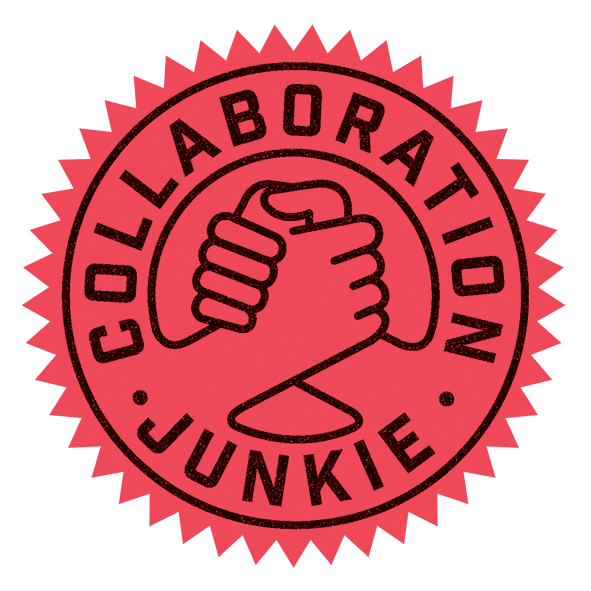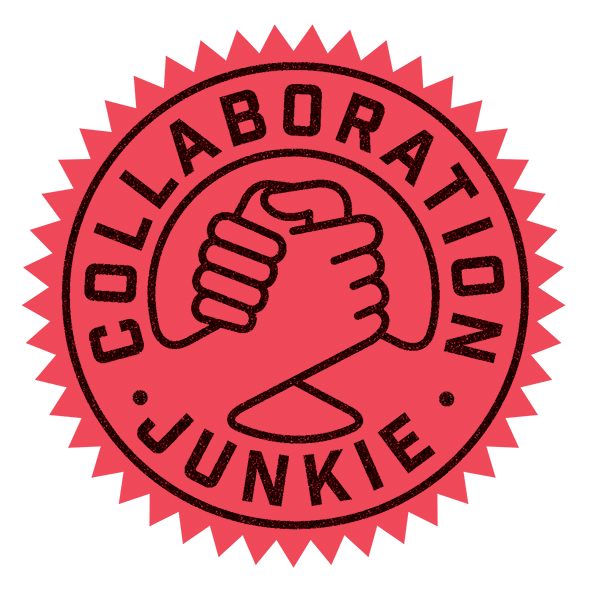Why Businesses Need To Look To The Oldest Form Of Marketing For The Fastest Growth
If you run your own business, you’re in the enviable position of being able to dance to your own music. Providing you have a plan, a goal and something you can sell, you get to create the business – and the life – you want.
I’m a massive fan of this approach because, as I often say, if you’re not enjoying it, you’re not doing it right. My dream has always been to create a life for myself and my family which lives up to this mantra and, in order to do so, that business needs to help others to also love what they do.
What makes us tick?
As an SME owner myself, I know that lots of us are all about the delivery, the customer satisfaction and the pleasure that comes from making others’ lives easier. We’re not quite as motivated by the prospect of putting ourselves out there and selling.
Necessary for survival it may be, but we’d prefer to build and nurture relationships, which is easy really because we have a deep and genuine belief that what we do IS great value and DOES resolve whatever is keeping our clients awake at night. I’m one to celebrate this because it’s often the attitude that differentiates smaller businesses from their larger competitors.
Finding the balance
Whether your business is the latest in a line of successful ventures, or you’ve decided to go it alone for the first time, you will almost certainly be looking for an experience that’s different to the gravy train of corporate employment. You’ll also be familiar with your time being in short supply and heavy demand. If you could only find a way to simplify things and feel that progress could be made without the business having your full attention.
Oh, and let’s not forget the secret sauce of success: having fun while you work. I’m a massive fan of enjoying what you do – it’s this that directed me to start my own business and I strive to ensure fun is included in everything I do.
Business development is usually one of the hardest things to get right when you run your own business because you end up in a vicious circle: you need leads to grow the business, but you need to deliver what you’ve already got. When you’re delivering, you’re not selling, and the leads dry up pretty quickly leaving you facing the cliff edge of feast and famine that many of us have had to navigate.
But, wait, you’ve probably got a network of useful contacts and some great experience in building and nurturing relationships. Maybe it’s worth leveraging what you have, rather than hustling to build new connections.
Avoiding the ‘ick’
When it comes to growing your business, you’ll probably identify with one or two of the following common approaches:
· Content on social: it’s important to get this type of visibility when growing a business but the results are a slow burn, and if you’re not careful it can suck up a huge amount of your time.
· The ‘dark arts’ which is how I refer to the likes of SEO, Facebook ads, Google PPC and a host of other digital ‘tools’ which seem to be hard to get results from unless you’re willing to pay, in some cases, a considerable amount, or really delve deep into some new learning.
Even then your beholden to the powers that be and a simple change of algorithm can leave your strategy in tatters.
· The “10-timesers”: these are a group of, in my opinion, time wasting “consultants” who will claim you can exponentially grow your business overnight/as you sleep/simply by using their templates. I won’t rant but if it was this easy, surely everyone would be a millionaire business owner?
· Direct selling: gah! No-one likes this, in fact an extremely competent saleswoman I know recently admitted she too woke in a cold sweat when considering cold outreach. The more you can minimise this, the better
· Networking referrals: these are fantastic and often highly convertible, but they are ad-hoc and so can’t really be relied upon or forecasted against
With one eye on the enjoyment mantra, hustling for sales might not fit your version of the dream. More preferable, perhaps, is to rely on a method that has its roots in one of the oldest, most traditional forms of marketing: referrals.
If you’re making your own way in a market or sector that you know well, the chances are you already have a pretty good feel for the perfect person to introduce you to prospects. It’s time to get chatting and find out whether there’s an appetite, how to maximise this and what needs putting in place to make things happen in the simplest possible way. To do that, we need to get strategic (the only sort of ‘ick’ you’ll experience, I promise!)
The quickest and easiest way of leveraging these opportunities is to create a strategy and build the mechanism by which you can grow and expand a network of partners, all keeping your business front of mind for referrals.
My role in this is to help you build the right program for your business which will enable you to attract the right partners who will provide you with the right referrals.
Simple, yet effective
Sound simple? That’s because, broadly, it is.
Fundamentally not much has changed from ancient times gone by, before the days of email, internet, telephones, even the postal service we know today; with one person telling another about a product or service they have used and trust.
It's about looking at it in a more strategic way and, as with anything in life, good preparation is key.
According to the Edelman Trust Barometer, trust in everyone from government ministers to CEOs is in decline. We are experiencing poor information hygiene, a sensationalist press and a lack of trusted leadership sources from whom to get information. Perhaps not surprising, then, that the Trust Barometer also reports a gob-smacking 84% of B2B businesses now initiate the buying process with a referral. Backing this up, the Marketo Blog has collected data showing referrals convert at almost four times the average rate.
Effective seems like a conservative term: maybe we should try powerful.
To tap into this power though, we need to go back to that strategy. Ad-hoc referrals are nice-to-haves. Regular, high quality, high converting ones are a game changer.
Being strategic means weaving your partnership program into the fabric of your business. For example,
· It should align with your values, to ensure your future partners do too
· It should form part of all your key business processes in order to maximise opportunities
· It should be focused on carefully determined ideal partner avatars
· It should have a comprehensive communication plan attached to it, one which runs from initial engagement through to regular performance reports for your partners
· It should include a process for how to engage with prospective partners so you bring consistency and the best outcomes to the table every time
If this sounds like a lot of work and effort, that’s because it isn’t a quick fix. But, if something’s worth doing, it’s worth doing well and the results will reflect the quality of your preparation, we can promise you that.
Let’s also not forget that implementing a sound and profitable partnership program will also reduce the amount of time you have to spend on that other activity we mentioned earlier….selling. That’s got to go down on the list as a benefit.
Creating a profitable partnering program is something we’ve helped loads of businesses do. It’s almost certainly worth a look to understand more and, if this blog has piqued your interest, then drop me a message to explore a bit more.

